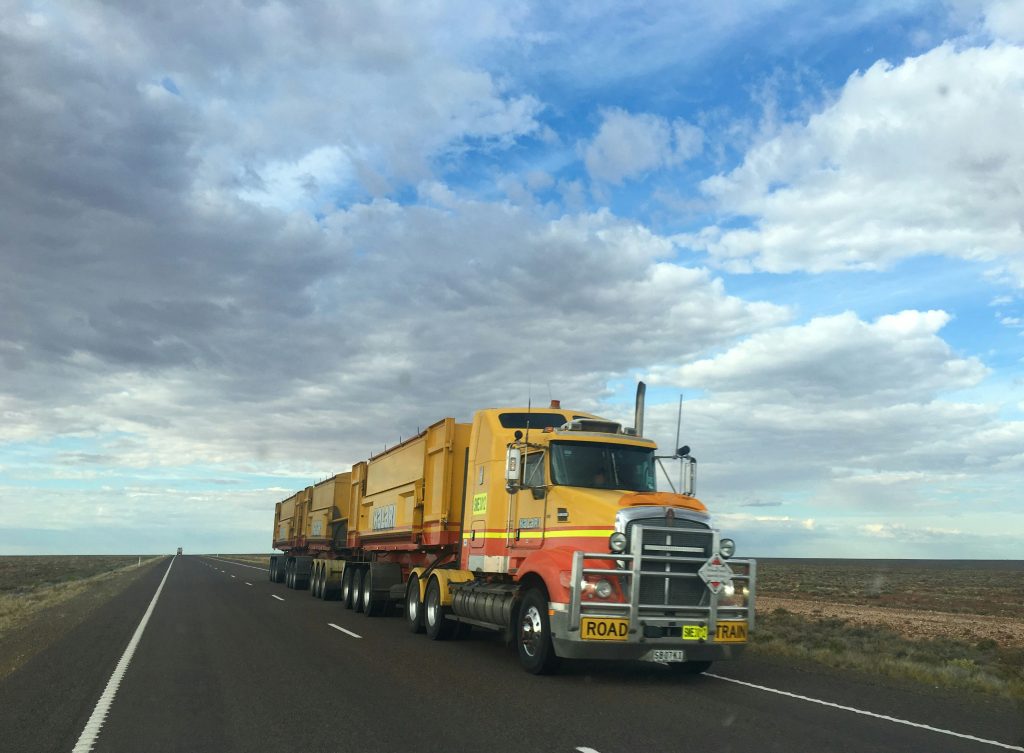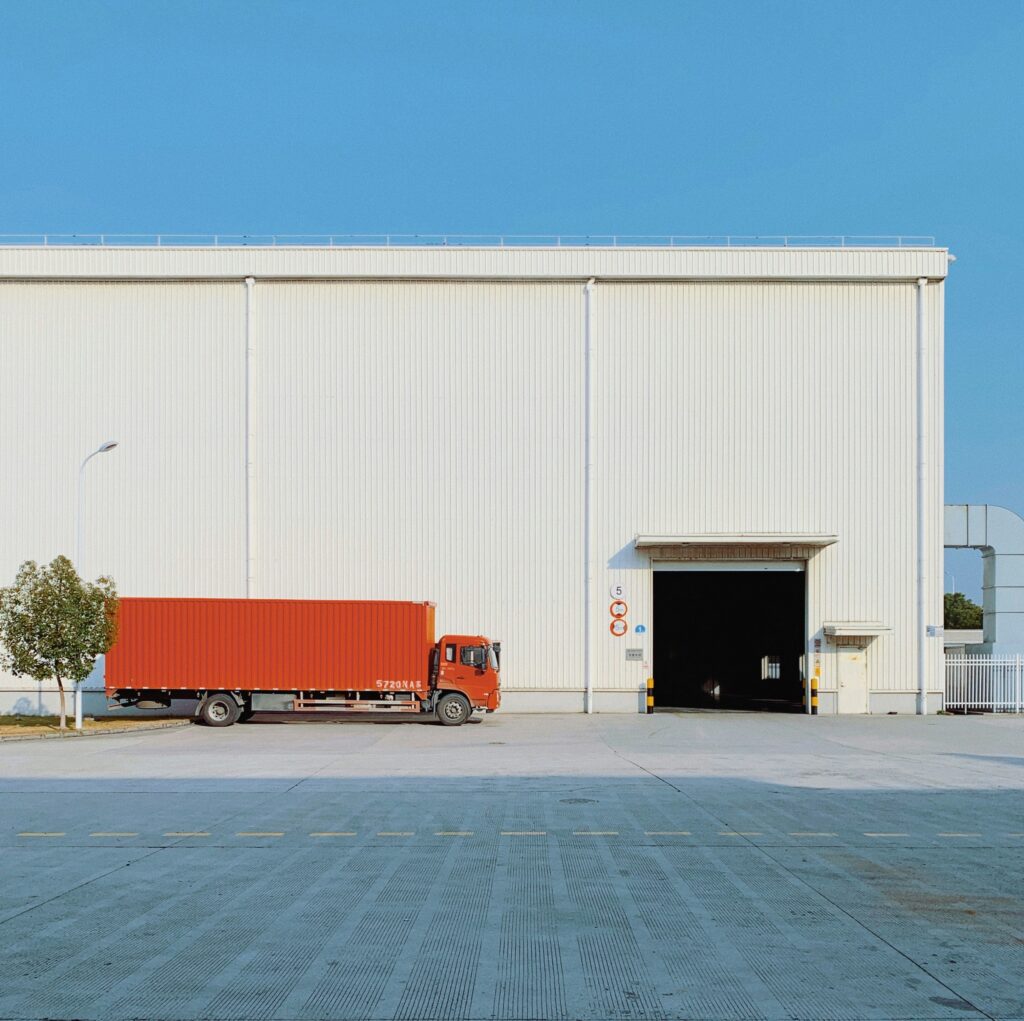Hidden Fees & When It’s Cheaper to Ship FCL
Less-than-Container Load (LCL) shipping is often seen as a cost-effective option for businesses that don’t need a full container. At first glance, LCL shipping costs appear lower than Full Container Load (FCL) pricing, making it an attractive choice for small to mid-sized shipments. However, once you factor in hidden fees and delays, LCL shipping costs can quickly exceed expectations. Let’s break down the overlooked expenses that can impact your bottom line.
1. CFS Fees: The Unexpected Terminal Costs
Every LCL shipment moves through a Container Freight Station (CFS) for consolidation at origin and deconsolidation at the destination. Each stop incurs fees, including:
- Handling fees for loading and unloading cargo.
- Storage fees if the cargo sits at the CFS too long.
- Bonded transfer fees when cargo moves from the port to an inland CFS before final delivery.
📌 Example: A shipment arriving in New York but destined for Cincinnati often moves to an inland CFS, where extra charges and delays accumulate. Many shippers find it cheaper to truck the shipment via LTL (Less-than-Truckload) from the port instead of dealing with additional LCL shipping costs.
2. Drayage & Inland Freight Charges
Unlike FCL shipments, where a container moves directly to the consignee, LCL cargo requires additional handling and inland trucking. These charges often surprise shippers due to:
- Higher per-CBM trucking rates compared to full container trucking.
- Extra unloading and reloading fees at the CFS.
- Bonded transport delays, requiring customs clearance at an inland CFS before final delivery.
📌 Hidden Cost Alert: Many importers assume their LCL shipment will move efficiently, but inland transport from a CFS can sometimes cost more than the ocean freight itself, significantly increasing overall LCL shipping costs.
3. Extra Time = Extra Costs
LCL transit times can be 2-4 weeks longer than FCL due to:
- Consolidation delays at origin, waiting for a full container before departure.
- Multiple handling points during transit.
- Deconsolidation and transfer delays at the destination.
Longer transit times lead to higher inventory holding costs and potential stockouts, forcing businesses to order earlier or pay for costly air freight to cover gaps.
📌 Example: A 3-4 CBM shipment via LCL may take 30-40 days, while air freight on the same route arrives in 5-10 days. If air freight costs are only slightly higher than total LCL shipping costs, the faster transit time may be worth it.
4. Volume-Based Price Creep: When LCL Costs Almost as Much as FCL
LCL pricing is calculated per CBM, meaning that at a certain volume, LCL shipping costs approach the price of an FCL. The tipping point typically happens at 10-12 CBM, when LCL rates become so high that an entire container is the smarter option.
📌 Rule of Thumb: If your shipment exceeds 10 CBM, compare LCL shipping costs with a 20-foot container. FCL is often not only cheaper but also faster and more reliable.
5. Unexpected Surcharges & Fees
Beyond the base freight rate, LCL shipping costs can escalate due to additional fees, such as:
- Documentation fees per shipment.
- Palletization fees, required at some destinations.
- Chassis fees for truck transport.
- Port congestion surcharges during peak seasons.
Many of these fees are minimal for FCL shipments but add up quickly for LCL, as they are applied per shipment and per CBM.
Final Thoughts: When LCL Is Worth It (And When It’s Not)
LCL shipping makes sense for shipments under 3-4 CBM or when the cost difference compared to air freight is significant. However, for larger shipments or time-sensitive goods, hidden fees and long transit times can make LCL a costly choice. Always compare LCL shipping costs with FCL and alternative options before making a final decision.
Could your business save money by switching from LCL to FCL? Contact Simple Forwarding today to explore your most cost-effective shipping solution.




